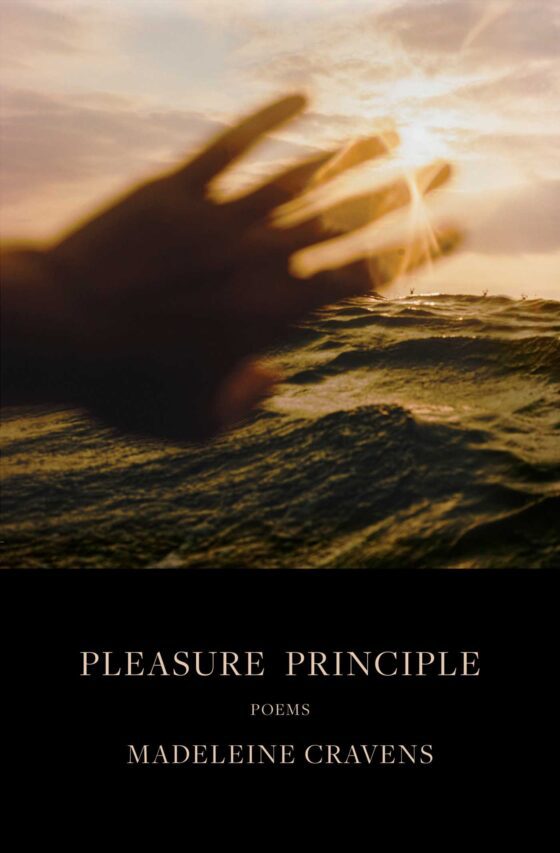In his second book, Rob Sheffield uses ‘80s pop to explore adolescent memories, complex emotions, and the woes of being the de facto “gay friend.”
Readers might suspect that Rob Sheffield is doomed to live in the shadow of Chuck Klosterman. Klosterman all but perfected the humorous pop-culture essay, and then went on to write fiction in collections like Klosterman IV and Downtown Owl. Sheffield certainly bears a superficial resemblance to Klosterman: He’s an editor at Rolling Stone (Klosterman was formerly at SPIN); both have funny, likeable personas with a propensity for enthusing over obscure songs and artists; both manage to make the reader feel like they’re on the inside, fostering a sort of music-nerd exclusivity. Their brand of writing assumes a reader has extensive knowledge of bands’ discographies and remembers the “plots” of 1980s music videos—Sheffield’s descriptions of Culture Club videos, for example, somehow make me believe I remember them, even though I do not. But is this just a bag of geek-chic tricks, or is there something more to it?
Sheffield’s first book, Love Is a Mix-Tape, chronicled his relationship with his late wife by examining the mix-tapes the couple exchanged. The book managed to avoid falling victim to its inherent sentimentality—beyond the tragic story, the subtext of Mix-Tape was an appraisal of 1990s music. Sheffield’s verdict? The 90s were great! An judgment he backed up with tons of Big Star references, and armchair philosophy about the mood of the decade.
For his second book, Talking to Girls about Duran Duran, Sheffield has gone back to the ‘80s, the decade in which he grew up. The subtitle of the book is “One Young Man’s Quest for True Love and a Cooler Haircut.” Some readers will already be practicing their eye-rolls, but like the pop culture Sheffield writes about, these essays frequently make something out of seemingly very little. The book may not be greater than the sum of its parts—but some of the parts are pretty great.
“It’s complicated, the way we use pop culture artifacts in our day-to-day emotional relationships,” he writes in the introduction, owning up nicely to the fact that he listened to a lot of crap when he was a kid. The chapters of Talking to Girls are identified by song titles, though in practice the structure is vague enough that Sheffield can meander freely throughout the book. “Total Eclipse of the Heart” barely mentions the song, instead giving a hilarious account of the author’s stint as a garbage man and the strange case of the only girl on the crew who never picked up a single piece of trash.
In many stories, Sheffield acts as a sort of chaperone for teenage girls, the de facto “gay friend.” “Weren’t there any bona fide gay dudes around? Guess not,” he muses in “Enola Gay.” This recognizable self-consciousness and confusion also pointedly appears in “Total Eclipse,” when Sheffield asks the stuck-up girl from the garbage crew, “Am I always going to be this way?”
Sheffield continues to uses songs and bands as a jumping-off points for compelling stories from his life. A chapter named for the Rolling Stones’ “She’s So Cold” becomes an epic about being a lightweight on the high school wrestling team; “Hanging Tough” does talk a lot about the New Kids on the Block, but its true strength lies in serving as a love letter to Sheffield’s eccentric sisters. Still, Sheffield isn’t only a closet memoirist—he has the chops to write awesome pop-criticism that is at once very funny and completely accurate. His attempts to define which artists were “New Wave” and which weren’t are themselves worth the price of the book. And the chapter “No More Lonely Nights” is the single best attempt to articulate an opinion of Paul McCartney that I’ve ever read.
In an introduction to a 1980s Doctor Who novel, the science fiction writer Harlan Ellison describes a phenomenon he calls “elegant trash.” The term is not meant as disparagement but as honest description: Certain things are good but are by no means high art. Elegant trash, as Ellison says, “will not harm you.” This might be a perfect description for what Rob Sheffield does with his writing—he’s not trying to be important, and in a time when it’s hard to know what’s good and what isn’t, it’s nice to read someone who doesn’t really care.





